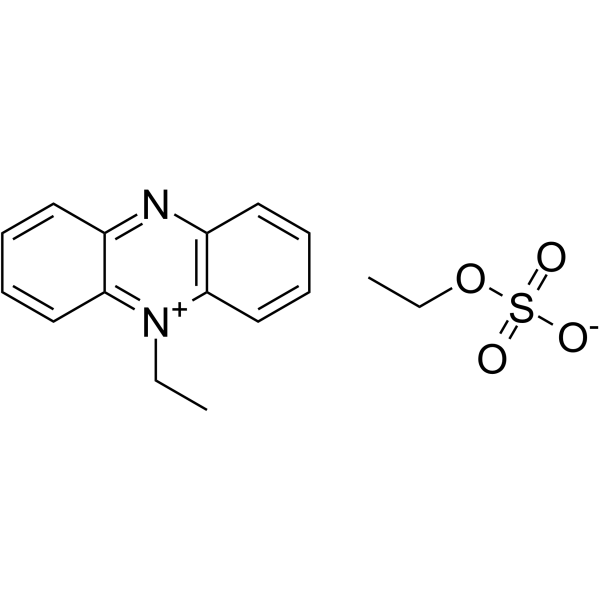| 结构式 | 名称/CAS号 | 全部文献 |
|---|---|---|
 |
负载碳酸银
CAS:534-16-7 |
|
 |
吩嗪硫酸乙酯
CAS:10510-77-7 |
| 结构式 | 名称/CAS号 | 全部文献 |
|---|---|---|
 |
负载碳酸银
CAS:534-16-7 |
|
 |
吩嗪硫酸乙酯
CAS:10510-77-7 |